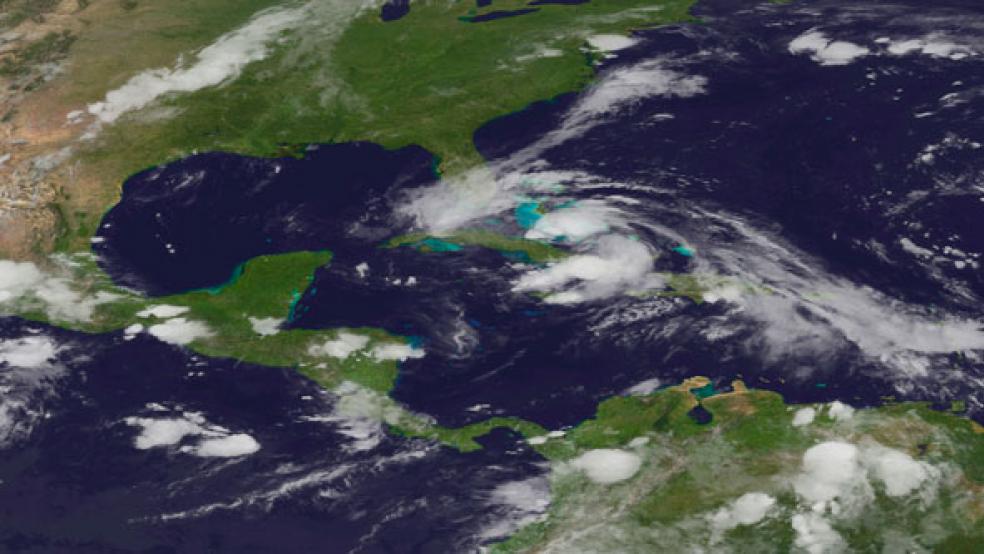If you never believed in a lunar or solar timetable, you may want to start now. Almost 7 years to the day, New Orleans, which suffered one of the worst catastrophes in history when hurricane Katrina struck on August 29, 2005, The Big Easy is once again bracing for another disaster. This time, it’s a storm named Isaac, which has already killed 9 people in Haiti, postponed the Republican Convention in Florida, and grounded multiple flights in Miami.
But the worst is yet to come. Assuming that the tropical storm does become a category two hurricane and makes a direct hit to New Orleans and the Gulf states; and assuming that the New Orleans levees hold and avoid another tragedy, what will be left in the storm’s wake will be extreme property damage.
CoreLogic, a leading provider of information, analytics and business services, today released data showing potential exposure to residential property damage from storm-surge flooding. Their analysis does not include damage from rain and wind, which could add significantly to the total.
Dr. Howard Botts, vice president and director of database development for CoreLogic Spatial Solutions said, "Though the forecasted path is still changing, at this point, Isaac seems to be poised to strike the southwest coast of Florida late Sunday as a tropical storm and move on land as a Category 2 hurricane early Wednesday.
“The current cone of uncertainty puts the coast of Louisiana, Alabama, Mississippi and Florida at risk. Major metro areas that could potentially feel the impact of hurricane-driven storm surge include.; New Orleans, La.; Biloxi, Miss.; Pascagoula, Miss.; Mobile, Ala.; Pensacola, Fla. Panama City, Fla.; and Ft. Walton, Fla., depending on where the storm makes landfall."
New Orleans Governor, Bobby Jindal, has already declared a state of emergency and recommended voluntary evacuations for those residents living in 15 parishes in southeastern Louisiana. Another problem: Energy producers have shut nearly a quarter of the U.S. Gulf of Mexico's oil production as Isaac shifted its trajectory westward, heading towards the heart of the region's offshore oil patch. Fox News reports that oil may spike $3 to $4 a barrel on Monday and gas prices will follow because of the affect on refineries.
The Core Logic data shows 269,081 total residential properties valued at approximately $36 billion in seven major metro areas along the Gulf Coast could be at risk for storm-surge related flooding, assuming the storm hits as a Category 2 hurricane. The number of residential properties in each metro area and their respective potential exposure to damage are as follows:
Metro Area | Number of Properties at Risk | Value of Properties at Risk |
| Biloxi-Gulfport | 8,279 | $773,903,525 |
| Ft. Walton-Destin-Crestview | 3,930 | $859,421,147 |
| Mobile | 7,121 | $703,234,200 |
| New Orleans | 222,672 | $30,437,136,681 |
| Panama City | 7,668 | $1,173,131,460 |
| Pascagoula | 13,006 | $1,164,094,330 |
| Pensacola-Ferry Pass-Brent | 6,405 | $942,180,625 |
| Source: Core Logic |
Hurricane-driven storm-surge flooding can cause significant property damage when high winds, forward movement of the storm and low pressure causes water to amass in front of the storm, pushing a powerful rush over land when the hurricane moves on shore. This analysis measures damage from storm surge and does not include potential damage from wind and rain associated with hurricanes.



